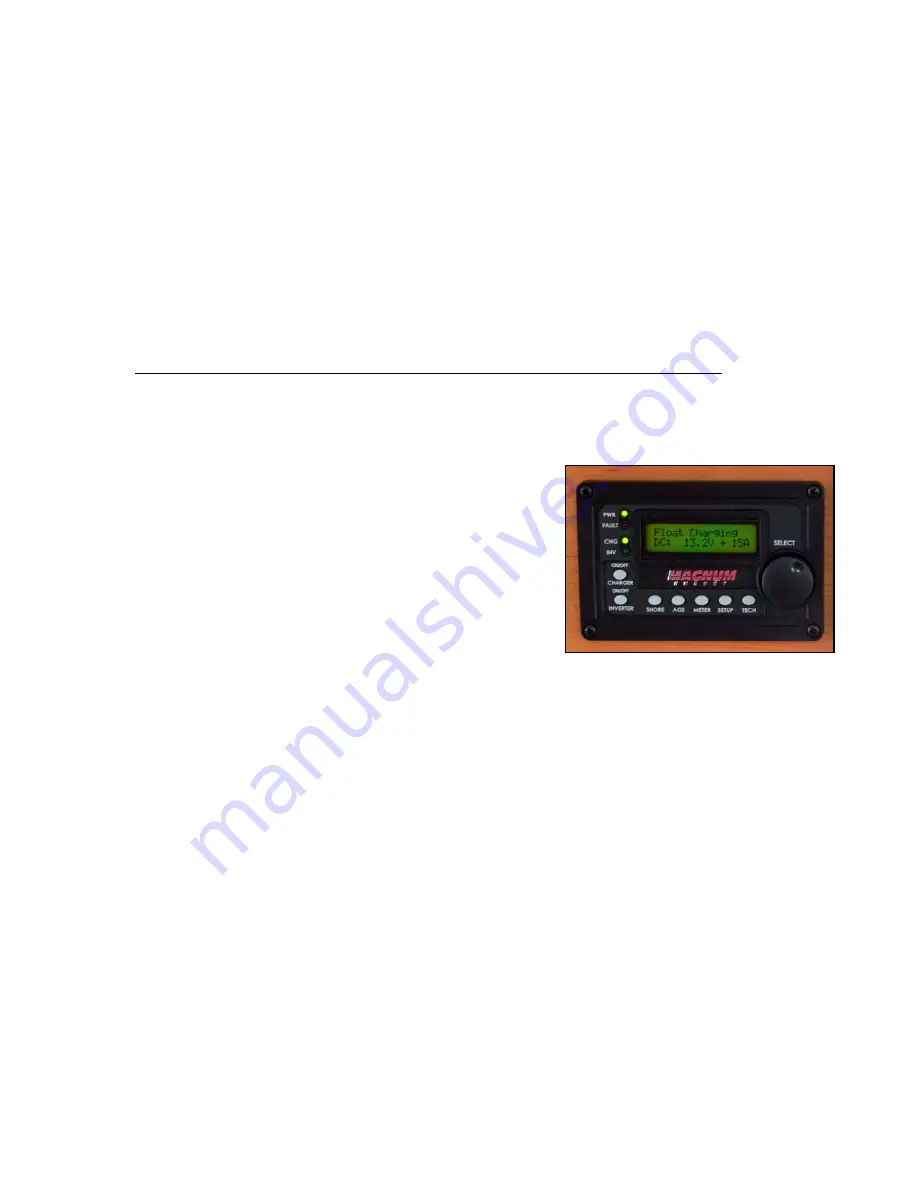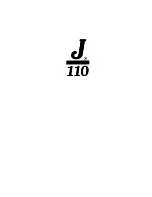
The generator oil is easily checked. Remove the forward cover on the generator by turning the
two knobs on its upper corners and lift it out of the way. The dipstick and fill cap are easily visible.
It shouldn’t be necessary to add coolant, but if you do need to, use 50-50 antifreeze mix adding
it to the coolant tank on the port side of the generator (you can access the heat exchanger itself under
the generator sound shield through the access port on the top of the shield.)
Generator Problems:
The generator monitors its own operation, detecting any loss in oil pressure or any overheating.
If either occurs, the generator shuts itself off, and will not keep running when you try to restart it. If this
occurs, you can confirm that the cause was such a fault by looking on the aft starboard side of the
generator where you will see a “fault”button.
If a fault has occurred, the button will be out; it is normally
flush with the panel if there is no fault.
If the generator will not keep running, call NW Explorations for assistance.
Before repeated starting, shut off sea water supply to avoid water-locking the engine!
Then, remember to turn it back on when the generator starts!
4F2: AC Inverter System
The Inverter Makes AC from DC...
As we said, the Inverter system is used to provide AC to
the boat when there is no shore power. It is wonderful, for
example, to use the inverter to make a pot of coffee when the
engine is running and you are underway, or to watch TV in a
quiet anchorage, or use a hair dryer for a few minutes in the
morning. But for long-period use of AC by large appliances,
the engine or generator must be running or you must have
shore power available.
Now the microwave, for example, will draw about 50 amps of DC when using the inverter to run
it, so in six minutes you use one-tenth of an hour at 50 amps, or five ampere-hours. That's okay. But
what if you want to cook a roast for 30 minutes? You would use up a lot of energy on that one job
alone! That’s too much use for the inverter, and the propane stove or oven should be used.
For a short task, the inverter is great: no starting the generator, no noise, no fuss, the power is
there. If the engine are running, use it all you wish, as long as you don't try to do two huge jobs at
once: The inverter produces a maximum of 3,500 watts of energy at a time. So the inverter is only
wired to the outlets and the microwave. It will not run the water heater, battery charger or refrigeration.
Note: Only the breakers in the panel illustration on
page 4.10 with an asterisk
(*) are powered by the inverter!
...and also is a Battery Charger, Making DC from AC!
The Inverter can also do the reverse: If there is AC power available from a shore-side source or
Section 4F: Electrical Systems, AC 4.8
















































